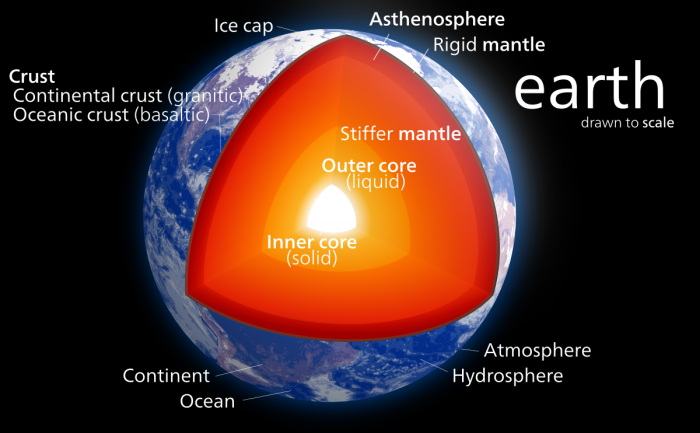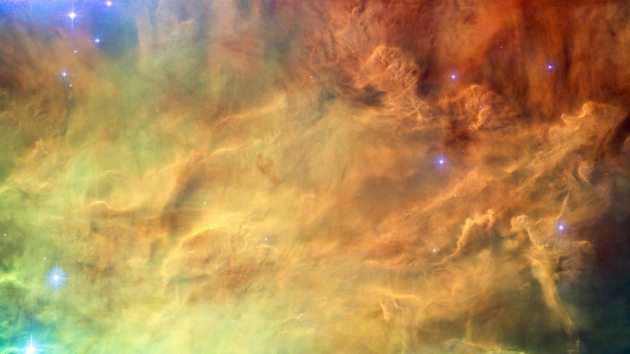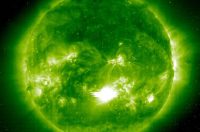This type of helium is called helium-3. Most of the helium-3 in the universe was formed shortly after the Big Bang 13.8 billion years ago, and some of it, along with other gas and dust, became part of the solar nebula. The Solar Nebula is a massive, rotating cloud of gas thought to be the precursor to the Solar System.

Helium-3 is “a miracle of nature and a clue to Earth‘s history, and there are still plenty of this isotopes in the interior of the planet.” Helium-3, an isotope of helium, has only one neutron in its nucleus, compared to two in ordinary helium. This gas is extremely rare, making up only 0.0001% of all helium on Earth. It is produced in many ways, such as the radioactive decay of tritium, a rare radioactive isotope of hydrogen. But since helium was one of the earliest elements in the universe, most of the helium-3 probably formed in the Big Bang anyway.
Scientists already know that about two kilograms of helium-3 escapes from the Earth’s interior each year, mainly along mid-ocean ridge systems at the junction of plates, enough to fill a balloon the size of a desk. But scientists don’t know how much helium-3 comes from the core and how much comes from the mantle, or how much helium-3 is stored inside the earth.
To clarify these questions, the research team established helium abundance models for two important periods in Earth’s history: one was the early stage of the Earth’s formation, during which helium was still gradually accumulating on the Earth; Lost a lot of helium. Scientists believe that the moon formed after a Mars-sized object collided with the Earth 4 billion years ago, an event that caused the crust to melt and cause a massive loss of helium from the Earth’s interior.

The Lagoon Nebula, captured by the Hubble Telescope. After the Big Bang, large amounts of helium-3 gas formed, which later became part of various nebulae, one of which later formed our solar system. The reserves of helium-3 in the Earth’s core suggest that the Earth formed inside a nebula with a high concentration of helium-3.
However, the earth did not lose all helium-3 at that time, and some helium-3 remained in the earth and gradually escaped outward. Earth’s core is great for storing this gas because it’s less prone to damage in a major impact than the rest of the planet, and it doesn’t participate in plate motion, releasing helium in the process .
Combining modern helium-3 leak rates with models of the behavior of helium isotopes, the researchers calculated that between 10 trillion and 1 quadrillion grams of helium-3 remain in the Earth’s core, a huge number that suggests the Earth is a Formed in the solar nebula with high gas concentrations, these “models of gas exchange during the formation and evolution of the Earth suggest that there is still a large amount of helium-3 in the core, which is constantly leaking out.”
However, since these results are obtained through modeling, it is not a sure-fire conclusion. The team made a series of assumptions. For example, the earth’s helium-3 was accumulated when the solar nebula was formed, and the helium first entered the metal that would become the core in the future, and then part of it left the core and entered the mantle. In addition to these assumptions, there are other uncertainties, such as the duration of the solar nebula relative to the rate at which Earth formed. So scientists say that the actual amount of helium-3 in the Earth’s core may be less than calculated.
But the researchers also hope to find more evidence to back up their findings. For example, if other gases created by nebulae (such as hydrogen) can be found in the Earth’s core, leaking out at the same location as helium-3 at the same speed as helium-3, it can be explained that these helium-3 It does come from the Earth’s core, but there are still more unsolved mysteries than certainty.



GIPHY App Key not set. Please check settings